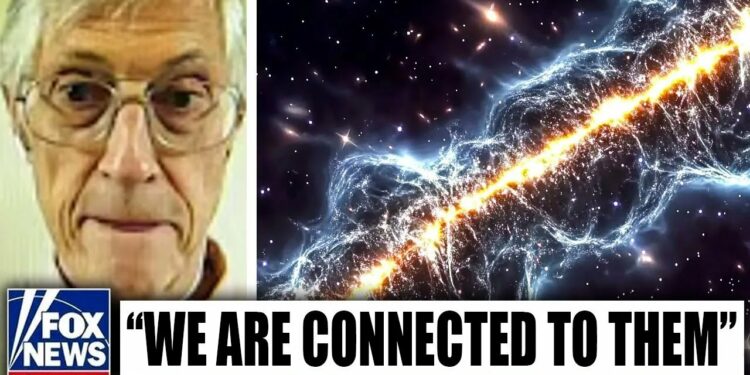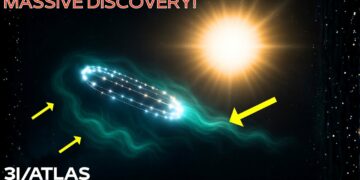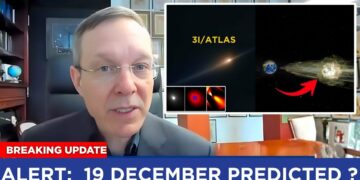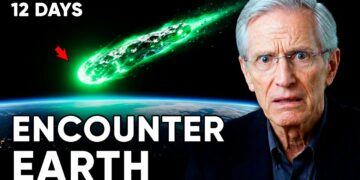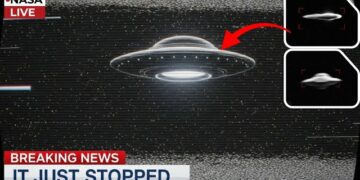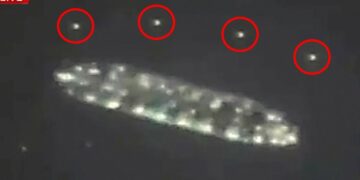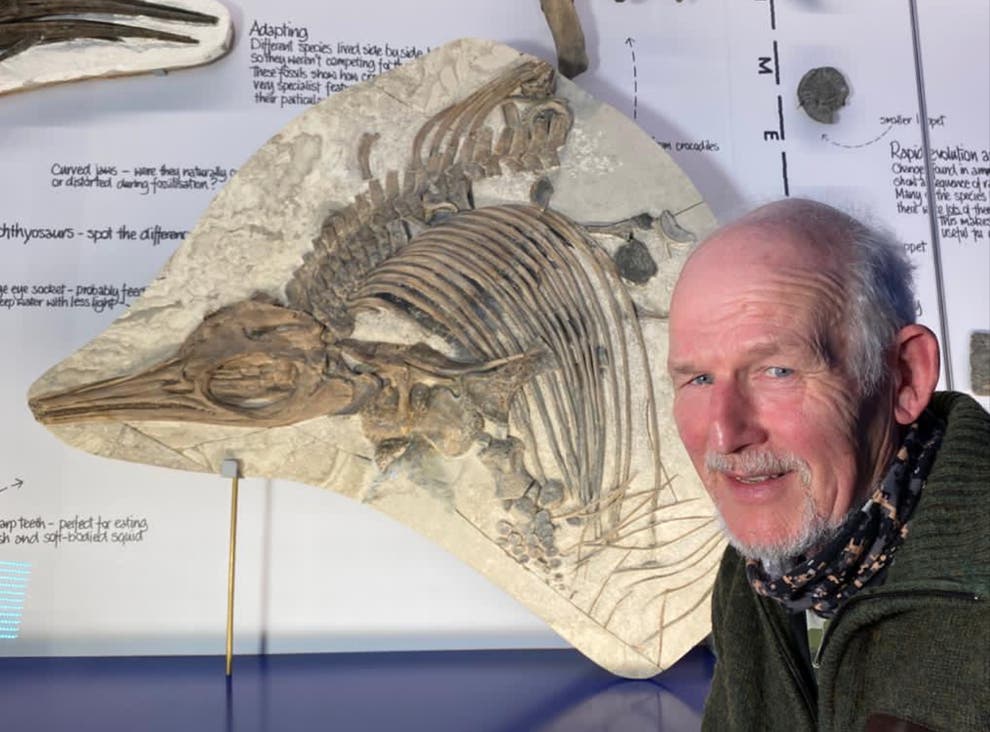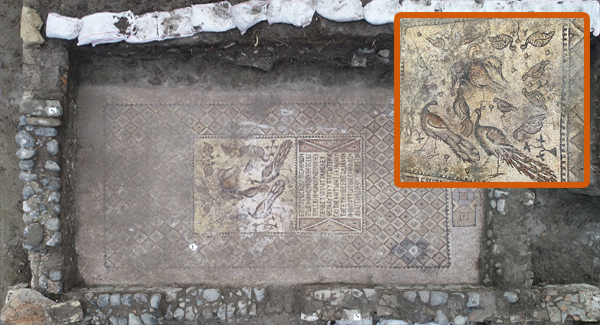The universe continues to surprise us with revelations that challenge our understanding, whether through new forms of dark matter or dark energy. Recently, Nobel laureates have unveiled stunning evidence of a colossal cosmic web—a vast network of filaments linking galaxies across unimaginable distances. This newly imaged filament confirms long-dismissed theories, proving that galaxies are not isolated wanderers but interconnected cosmic travelers.
What we’re observing is thousands of galaxies clustered in a tiny patch of sky. If we extended such imaging to the entire sky, it would reveal hundreds of billions or even trillions of galaxies. From swirling plasma currents to unexpected filament rotations, each discovery redefines our knowledge of the universe’s architecture. Don’t miss this Nobel-worthy revelation, which invites us to view the cosmos in an entirely new light.
Direct Imaging Breakthrough
A groundbreaking direct imaging achievement is transforming our perspective on galactic connections across vast expanses. Using the MUSE (Multi-Unit Spectroscopic Explorer) instrument on the Very Large Telescope, astronomers captured a 3-million-light-year-long strand of hydrogen gas linking two galaxies from when the universe was about 2 billion years old. This discovery is astonishing because it validates the long-suspected cosmic web—a massive network along which galaxies are arranged.
Previously, evidence relied on computer simulations or indirect measurements. Now, real images reveal the faint glow of hydrogen dispersed across intergalactic space. MUSE, which simultaneously collects images and spectra, enabled this by observing faint hydrogen emissions over hundreds of hours. Hydrogen in sparse regions emits only minimal light, but MUSE detected this subtle signal, providing a three-dimensional map of the filament while distinguishing it from cosmic noise.
This strand is more than a mere bridge; it’s a conduit for star-forming material. It confirms that cosmic web flows deliver cool gas to galaxies, fueling star formation and the growth of supermassive black holes at their centers. Without these hydrogen highways, galaxies would deplete their fuel and halt evolution.
This imaging advance bolsters the standard model of cosmology, where dark matter forms an invisible skeleton for normal matter to accumulate, shaping the cosmic web. MUSE observations align closely with simulations, enhancing confidence in filament formation and galactic feeding over cosmic timescales. Future telescopes and deeper surveys will uncover fainter threads and larger network sections, bringing us closer to comprehending the universe’s grand design.
Confirmation of the Cosmic Web
Scientists have long theorized that galaxies form part of a vast cosmic web, but evidence was mostly from simulations or indirect observations. A thrilling breakthrough now provides direct visual proof of these hidden links. Using MUSE on the Very Large Telescope in Chile, researchers imaged a 3-million-light-year-long hydrogen filament connecting two galaxies from the universe’s early era (about 2 billion years old).
The filament’s faintness made detection challenging, but MUSE’s dual imaging-spectra capability isolated its gentle glow from surrounding noise. This confirms the theory’s reality and underscores its importance: galaxies don’t exist in isolation but along dark matter threads that channel hydrogen gas for growth. It’s akin to a cosmic pipeline supplying star-formation fuel.
Moreover, this observation supports the Lambda Cold Dark Matter (ΛCDM) model, where dark matter creates scaffolding for normal matter. The images match simulations, refining estimates of dark matter and gas in large-scale structures. It also sparks questions: How do filaments evolve? Do they rotate, drawing galaxies into spirals? Multi-wavelength data (e.g., X-ray or radio) suggest hot gas shock waves and magnetic fields influence them too.
In essence, this is the clearest evidence that galaxies are woven into a universe-spanning web. By illuminating these threads, astronomers advance our grasp of galactic formation, growth, and cosmic evolution.
Galactic Fueling
Galaxies require a constant gas supply to grow and form stars, but the mechanism was mysterious until recently. Now, direct observation of a cosmic filament funneling hydrogen into galaxies provides compelling confirmation. This shows galaxies as interconnected via the cosmic web, not isolated.
With MUSE on the Very Large Telescope, scientists observed a 3-million-light-year filament linking two ancient galaxies over hundreds of hours, capturing hydrogen’s faint glow. This pipeline delivers fuel for stars, black holes, and galactic vitality.
The breakthrough validates theories: simulations suggested dark matter skeletons gather gas into threads for galactic structures, but lacked real-world proof. Now, images confirm these bridges are active, matching predictions and explaining sustained gas replenishment.
Detection was tough due to hydrogen’s dim signal in empty space, but MUSE’s repeated measurements isolated it and verified gas flow toward galaxies. This reshapes galactic growth understanding—without inflows, star formation would cease. Future mappings may detail filament motion, spins, and long-term influences. Clearly, the cosmic web is the universe’s blueprint, sustaining galaxies eternally.
Validation of Standard Cosmology
Direct imaging of cosmic filaments has fortified the standard cosmological model. Simulations predicted galaxies form on a dark matter scaffolding—the cosmic web—where gas collects along threads. Evidence was indirect (e.g., light absorption), but MUSE has now visualized it clearly.
In a pivotal study, a 3-million-light-year filament was observed linking early-universe galaxies via faint hydrogen emissions, confirming gas flows. This aligns with ΛCDM, where dark matter shapes matter distribution. The theory-observation match boosts confidence in web formation and evolution.
Further, filaments may spin, transferring momentum, possibly from massive cluster gravity—echoing simulations. Multi-wavelength probes (X-ray, radio) examine temperature, density, and magnetic fields, reinforcing the framework involving dark matter, galactic growth, and plasma flows.
While dark matter details remain elusive, this evidence affirms standard cosmology’s robustness. Next-generation telescopes will clarify the web further, deepening our cosmic structure insights.
Advanced Spectroscopic Techniques
Advanced spectroscopy is revolutionizing cosmic exploration, particularly in detecting galaxy-linking filaments. MUSE on the Very Large Telescope exemplifies this, gathering simultaneous images and spectra for 3D views. It captures light slices at various wavelengths, essential for hydrogen emission detection in the cosmic web.
Hydrogen’s faint intergalactic glow requires long exposures, which MUSE stacks while preserving detail, separating galactic light from filament signals. Spectroscopy also measures redshifts, revealing gas motion—like rotation or plasma flow—confirming galaxies’ threaded connections.
These methods extend to other wavelengths: X-rays show hot gas (millions of degrees), radio traces magnetic fields. Together, they depict hydrogen, dark matter, and particles across vast spaces.
Blending techniques refines simulations of dark matter scaffolding, cluster-induced rotations, and magnetic spread. As instruments advance, cosmic web mapping will deepen, decoding the universe’s design.
Evidence of Rotational Motion
Recent findings reveal unexpected spins in cosmic web filaments, extending rotation beyond galaxies to structures hundreds of millions of light-years long. This enhances matter motion understanding and questions shaping forces.
At the Leibniz Institute for Astrophysics Potsdam, researchers analyzed Sloan Digital Sky Survey galaxies in filament chains. Redshift differences indicated rotation: higher on one side (receding), lower on the other (approaching), suggesting whirlpool-like spins exceeding random motions.
Not all filaments show it—possibly due to angles—but clear cases link spin strength to endpoint cluster masses, implying gravitational pulls create swirls. Electromagnetic forces, akin to Birkeland currents, may contribute.
This portrays filaments as dynamic highways, channeling gas and energy. Improved tools will explore more, balancing gravity-plasma effects and their galaxy-formation impacts.
Plasma Dynamics and Magnetic Fields
Plasma is central to the cosmic web, carrying energy and generating magnetic fields in intergalactic space. Ionized hydrogen plasma flows millions of light-years, creating shock waves and fields near clusters.
Radio signals detect these: charged particles spiral, emitting waves; stacked images reveal filament shocks, suggesting fields guide plasma to feed galaxies. This interplay fuels stars while turbulence amplifies fields.
Plasma flows resemble orderly Birkeland currents, potentially causing spins. Multi-wavelength data (optical, X-ray, radio) captures aspects: hot gas around clusters, shocks, fields weaving filaments.
This integrates astrophysics, clarifying matter evolution. Advanced instruments will elucidate plasma flows and fields, revealing cosmic movement.
Multi-Wavelength Confirmation
Multi-wavelength views confirm the cosmic web’s architecture. Optical (MUSE) images hydrogen strands; X-rays (e.g., ROSAT) show hot gas (millions of degrees) near clusters, affirming fuel flows.
Radio detects magnetic fields via spiraling particles, uncovering shocks from plasma streams. Filaments emerge as dynamic, possibly rotating, highways threaded with fields.
This validates simulations: dark matter backbone collects matter, matching observations and boosting cosmological confidence. Future telescopes (e.g., Extremely Large Telescope) will expand coverage, detailing galaxy-web dances across spectra.
Historical Context and Gradual Discovery
In the mid-1980s, astronomers noted galaxy alignments in threads, hinting at the cosmic web. By 1989, the Coma Wall—a vast galactic stretch—was identified, defying random scattering expectations.
The term “cosmic web” emerged in 1996, with dark matter as framework; simulations supported it. Indirect evidence grew via surveys like Sloan, mapping chains.
Advanced tools like MUSE captured hydrogen glow; X-rays detected hot gas; radio revealed fields. Each step matched simulations, affirming dark matter-driven structures. From 1980s hints to today’s images, we’ve traced cosmic highways shaping galaxies.
Monumental Impact and Nobel Breakthrough
This Nobel-worthy confirmation of the cosmic web profoundly shifts cosmic understanding. Direct images of a 3-million-light-year filament linking early galaxies, via MUSE’s hydrogen glow detection, surpass simulations and indirect clues.
It affirms dark matter frameworks, with striking simulation matches. Multi-wavelength adds: X-rays show shocks, radio confirms fields; some filaments spin, suggesting gravity-magnetic-electric influences.
This monumental leap reveals galaxies’ interconnected growth, fueling cosmic evolution.

